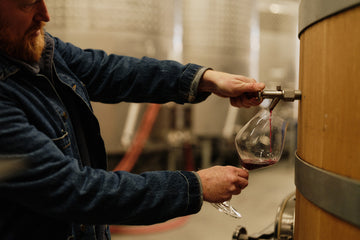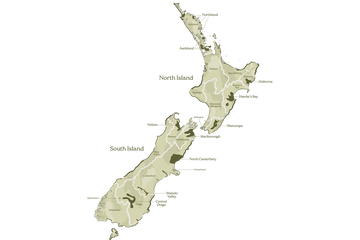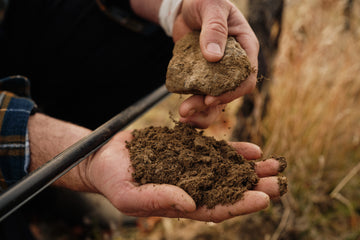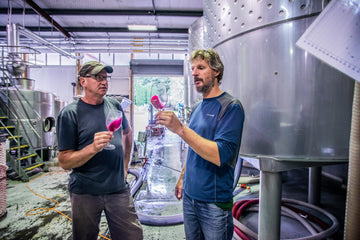


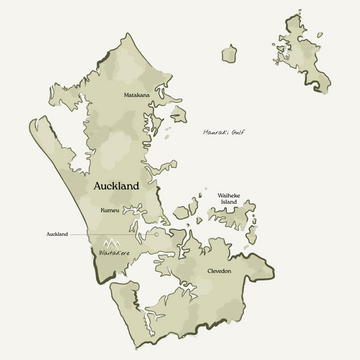
Auckland Sub-regions
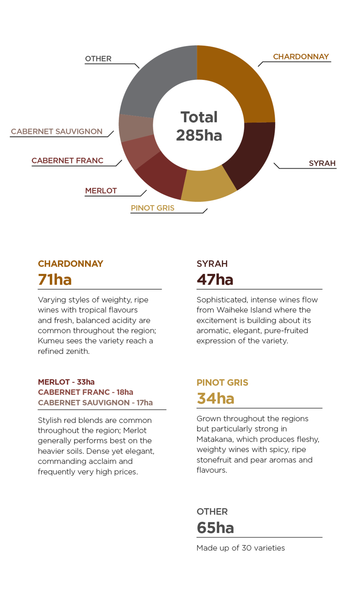

Geographical Indication (GI) and Provenance
Auckland
Man O' War Valhalla Chardonnay 2022
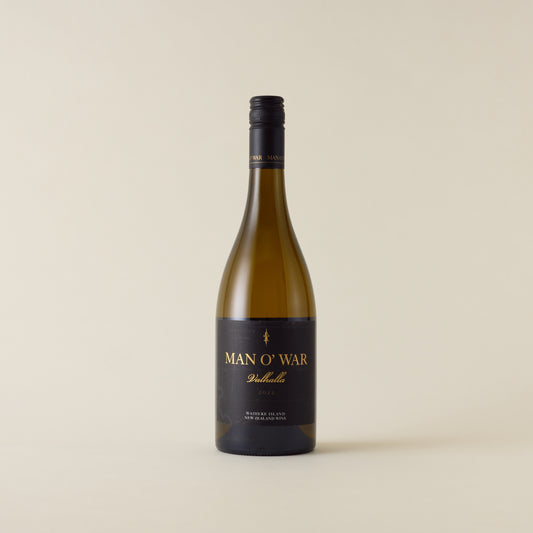







Man O' War Valhalla Chardonnay 2022
Regular price
£32.00
Sale price
£32.00
Regular price
Man O' War Ironclad 2021
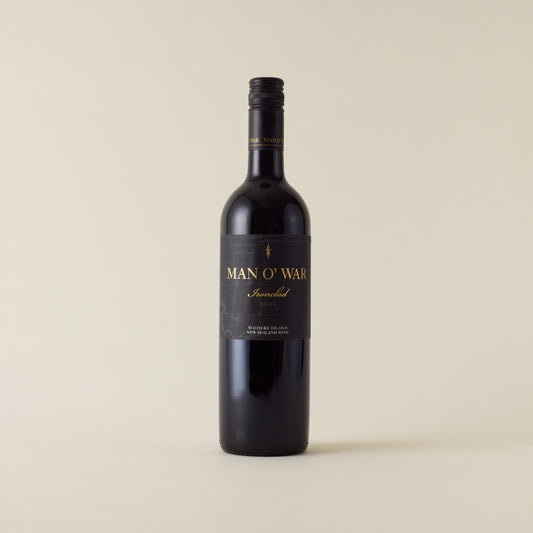







Man O' War Ironclad 2021
Regular price
£34.50
Sale price
£34.50
Regular price
Man O' War Dreadnought Syrah 2021
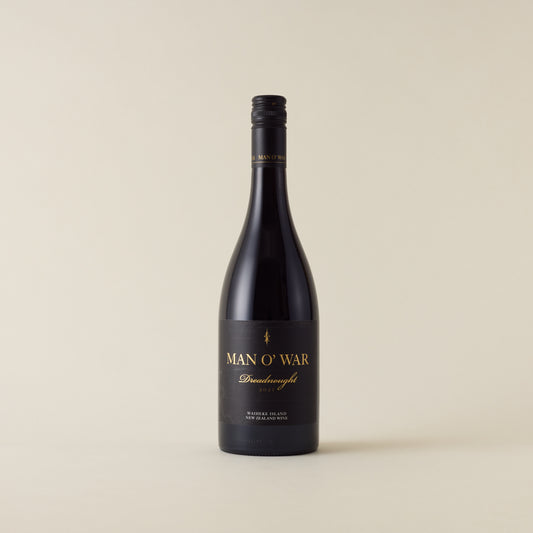







Man O' War Dreadnought Syrah 2021
Regular price
£34.00
Sale price
£34.00
Regular price
Kelly Washington Waiheke Island Syrah 2022




Kelly Washington Waiheke Island Syrah 2022
Regular price
£39.95
Sale price
£39.95
Regular price


